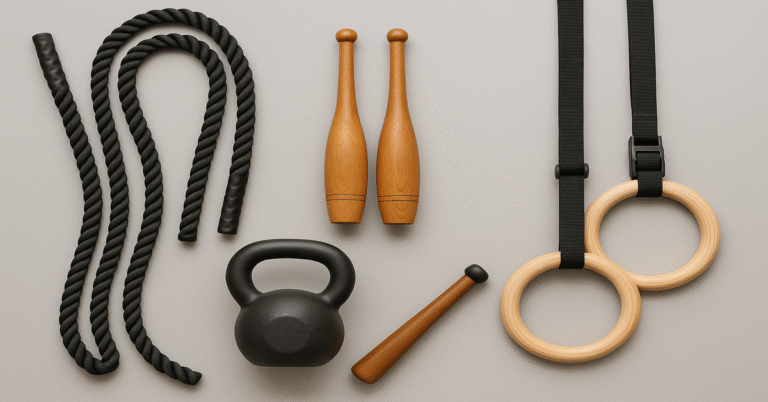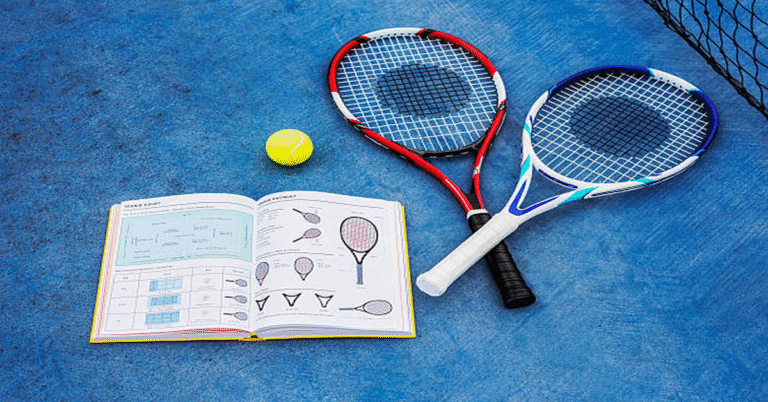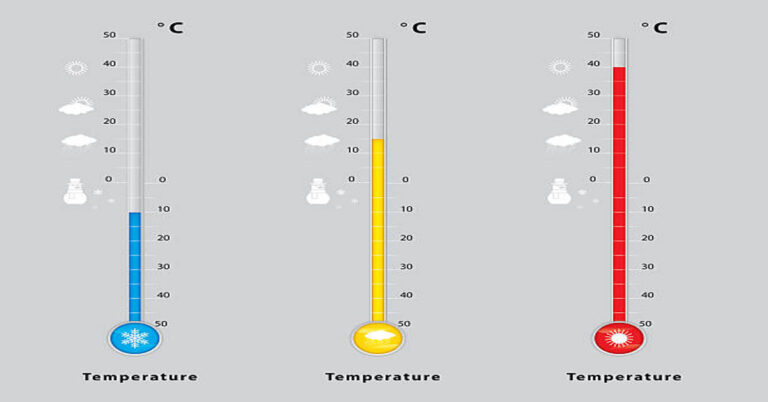
Italian football is renowned for its passion, style, and deeply rooted regional identities. Within this framework, every fixture carries its own narrative—some based on rivalry, others on respect and shared history. One such pairing that reflects both tradition and transformation is that between AC Milan and SSC Bari. Though not considered a fierce rivalry like Milan’s clashes with Inter or Juventus, the matches between Milan and Bari have woven a subtle but rich story across decades of Serie A and Serie B history.
The AC Milan vs SSC Bari timeline offers insight into the broader evolution of Italian football—from its post-war restructuring to the modern, globalized era of analytics and commercial growth. Both clubs have walked distinct paths: Milan among the giants of Europe, collecting trophies and producing global icons, and Bari representing the resilient spirit of southern Italy, often fighting its way up from adversity.
This article delves into the detailed timeline of encounters, the socio-cultural significance of their matches, and how both sides’ journeys intersect within Italy’s complex football landscape.
1. Origins of the Clubs and Early Encounters
To understand the AC Milan vs SSC Bari timeline, one must begin with their origins. Associazione Calcio Milan was founded in 1899 by English expatriates Alfred Edwards and Herbert Kilpin. The club quickly became one of Italy’s leading teams, recognized for its red-and-black stripes—earning the nickname “Rossoneri.” Milan’s rise was steady, marked by early league titles and a growing reputation for professionalism.
Società Sportiva Calcio Bari, on the other hand, was established later, in 1908, in the Apulian capital of Bari in southern Italy. The club emerged from local enthusiasm for the game and represented the hopes of the Mezzogiorno (southern region) at a time when football was largely dominated by northern clubs. Bari became a symbol of southern pride, showcasing resilience despite limited resources.
The first meetings between the two sides occurred in the early 1930s, when Bari managed to secure promotion to Serie A. These encounters were often one-sided, with Milan’s stronger squad prevailing, yet they established Bari as a competitive side capable of surprising the giants.
2. Post-War Period: Recovery and Regional Pride (1940s–1950s)
After World War II, Italian football underwent massive reconstruction. Many clubs were rebuilding financially and structurally. Milan, with its established infrastructure and northern industrial backing, adapted quickly. Bari, representing southern Italy’s working-class character, faced a more difficult recovery.
Matches during this era reflected contrasting fortunes. Milan was consistently fighting for top-four finishes, while Bari oscillated between Serie A and Serie B. However, Bari’s occasional victories over Milan carried emotional significance, celebrated not only in Bari but across southern Italy as symbolic wins for the underdog.
This era also witnessed the beginning of Bari’s reputation for nurturing young, technical players—many of whom later joined larger clubs, including Milan. Such transfers created a form of indirect connection between the two teams beyond the pitch.
3. The Golden Age of Milan and Bari’s Struggles (1960s–1970s)
The 1960s marked Milan’s golden age, featuring legends like Gianni Rivera and Cesare Maldini. Under coach Nereo Rocco, Milan pioneered the Italian interpretation of “catenaccio” (defensive organization) while maintaining attacking flair. They claimed European Cup victories and established themselves as global contenders.
For Bari, this period was defined by determination. The club frequently alternated between Serie A and Serie B, but each promotion was celebrated with immense local pride. The contrast between Milan’s international success and Bari’s regional fight for stability created a symbolic north-south dichotomy within Italian football.
When Milan and Bari met, it often served as a microcosm of Italian football’s economic and cultural imbalance. Yet, the Bari fans’ enthusiasm turned every encounter into an event of pride, transforming the Stadio San Nicola or its predecessors into fortresses of passion.
4. Timeline of Key Matches (1930s–2020s)
The following table summarizes major phases and notable encounters between AC Milan and SSC Bari through the decades.
| Decade | League/Competition Context | Highlights and Notable Matches | Outcome/Impact |
|---|---|---|---|
| 1930s | Bari’s first Serie A appearances | Early meetings between the sides, Milan dominant | Milan usually victorious |
| 1940s | Post-war resumption | Bari’s upset wins at home drew national attention | Symbolic regional victories |
| 1950s | Bari’s fluctuation between divisions | Milan focused on league titles | Bari managed isolated draws |
| 1960s | Milan’s European success | Rivera era; Bari occasionally faced Milan in cups | Milan dominant |
| 1970s | Bari rebuilding; Milan transitional | Defensive tactical battles | Mostly Milan victories |
| 1980s | Milan’s revival under Berlusconi | Bari achieved emotional promotions | Competitive matches but Milan superior |
| 1990s | Bari’s strongest modern period | Young Bari squad impressed despite defeats | Memorable clashes; mutual respect |
| 2000s | Milan’s Champions League era | Bari’s return to Serie A after promotions | Matches attracted nationwide viewership |
| 2010s–2020s | Bari’s financial troubles, Milan’s restructuring | Rare encounters in cup competitions | Milan consistent winners |
5. The 1980s: Berlusconi’s Milan and Bari’s Revival
The 1980s were transformative. AC Milan, under Silvio Berlusconi’s ownership, became an emblem of modern football marketing and success. His investment in stars like Van Basten, Gullit, and Rijkaard ushered in a revolutionary style combining strength and creativity. Milan’s global reputation grew immensely.
Bari, meanwhile, experienced a period of revival. Despite economic constraints, the club’s return to Serie A in the mid-80s symbolized the persistence of southern clubs. Matches against Milan were viewed as opportunities to measure Bari’s progress against the very best.
One memorable meeting occurred in the late 1980s when Bari managed to hold Milan to a draw at home—a moral victory that fans celebrated as passionately as a trophy. For Bari supporters, seeing their team compete against the European champions on equal terms represented the pride of the south against the might of the north.
6. 1990s: Competitive Spirit and Memorable Encounters
The 1990s were arguably the most balanced decade in the AC Milan vs SSC Bari timeline. Milan’s roster was filled with elite players such as Franco Baresi, Paolo Maldini, and later Andriy Shevchenko. The Rossoneri dominated both domestic and European football.
However, Bari during the 1990s became one of Italy’s most entertaining mid-table teams. They built squads featuring young talents and played an open, attacking style unusual for smaller clubs. When Milan visited Bari’s Stadio San Nicola—a stadium built for the 1990 World Cup—they often encountered one of the most vibrant atmospheres in the country.
These matches were rarely dull. Bari’s quick counterattacks occasionally caught Milan off-guard, producing draws or narrow defeats that felt like victories to the local crowd. The 1990s thus became the era where Bari earned widespread respect for its footballing identity rather than just survival instincts.
7. Tactical Evolution Across the Timeline
Over the decades, tactical approaches in matches between Milan and Bari reflected the larger evolution of Italian football strategy.
| Era | AC Milan Tactical Style | SSC Bari Tactical Approach | Tactical Outcome |
|---|---|---|---|
| 1930s–1950s | Physical, structured, with early defensive organization | Basic man-marking; reliant on local talents | Milan’s discipline prevailed |
| 1960s–1970s | “Catenaccio” with creative midfield (Rivera) | Compact defense, quick breaks | Bari focused on counterattacks |
| 1980s–1990s | Pressing, wide play, fluid 4-3-3 systems | Flexible 4-4-2 with energy and pressing | Dynamic matches, Milan superior technically |
| 2000s–2010s | Possession-oriented, global influences | Compact and reactive play | Milan dominated possession |
| 2020s | High-press modern systems | Rebuilding under modern coaching | Differences in division levels visible |
Tactically, Milan consistently represented innovation—adapting from the structured defenses of the 1960s to the fluid pressing systems of modern football. Bari’s approach, shaped by limited resources, emphasized discipline, teamwork, and collective spirit.
8. The Human Element: Fans, Culture, and Identity
Football in Italy is deeply tied to identity. Milan, as a cosmopolitan northern city, represents industrial success and international influence. Bari, as a southern port city, symbolizes passion, family loyalty, and resilience against adversity.
When Milan travels to Bari, the cultural encounter goes beyond sport. Fans from the south welcome the Rossoneri with respect but also with a fierce desire to defend their pride. Bari’s supporters—known for their powerful chants and red-white colors—create an intense yet festive environment.
Milan fans, in turn, have often expressed admiration for Bari’s loyal following, which continues even during the club’s time in lower divisions. This mutual respect contributes to the unique tone of their timeline—competitive yet devoid of hostility.
9. The 2000s: Milan’s Glory and Bari’s Resilience
During the early 2000s, AC Milan was at the height of European dominance, winning the UEFA Champions League in 2003 and 2007. Their squad boasted icons like Kaká, Pirlo, Seedorf, and Maldini. Bari, meanwhile, oscillated between Serie A and Serie B, struggling financially but never losing its identity.
Each time Bari faced Milan, the contest was framed as David versus Goliath. Still, Bari managed occasional heroic performances, holding Milan to unexpected draws. For young Bari players, these matches were career-defining moments, opportunities to showcase their abilities against world superstars.
The timeline of this era emphasizes perseverance: while Milan represented sustained excellence, Bari stood for undying ambition—a dual narrative that continues to enrich Italian football’s emotional texture.
10. 2010s–2020s: Rebuilding, New Generations, and Renewed Hopes
The 2010s brought challenges for both clubs. Milan experienced a transitional phase following Berlusconi’s exit and the retirement of their golden generation. The club underwent managerial changes and ownership transitions before slowly rebuilding under a new structure.
Bari faced even harsher realities, including financial collapse and re-entry from lower divisions. Yet, true to their history, the people of Bari rebuilt the club from the ground up, showcasing the undying passion of Apulian football culture.
Though the two clubs have not met frequently in recent years due to different league levels, their timeline continues in spirit. Each remains a vital chapter in Italian football’s broader story—one of heritage, reinvention, and hope.
11. Comparative Legacy and Influence on Italian Football
While AC Milan’s legacy is global—defined by Champions League titles and international stars—SSC Bari’s impact lies in community identity and player development. Bari’s youth systems have produced several talents who later thrived in major clubs, including Milan.
| Aspect | AC Milan | SSC Bari |
|---|---|---|
| Founded | 1899 | 1908 |
| Location | Milan (Lombardy) | Bari (Apulia) |
| Major Titles | Multiple Serie A, European Cups, Club World Cup | Regional and Serie B honors |
| Stadium | San Siro (Giuseppe Meazza) | Stadio San Nicola |
| Cultural Role | Represents industrial north, innovation, success | Symbol of southern resilience and pride |
| Fan Base | Global | Regional but deeply loyal |
This contrast enhances the richness of their meetings. Every Milan–Bari match is a meeting of two Italys—north and south—bound by football’s shared language.
12. Broader Symbolism of the Milan–Bari Timeline
Beyond scores and statistics, the AC Milan vs SSC Bari timeline embodies a national metaphor. Milan’s cosmopolitan structure mirrors progress and globalization, while Bari’s enduring fight represents tradition, authenticity, and grassroots loyalty.
In this sense, every match between the two becomes a conversation between ambition and endurance. Their encounters have illustrated how football connects contrasting worlds—elite champions and local heroes—through mutual respect and the love of the game.
13. The Role of Youth Development and Talent Exchange
Bari’s youth academy has long been a cornerstone of its identity. Many of its players have transferred to Milan or other Serie A clubs, creating a bridge of opportunity. Milan’s scouts often looked to Bari’s system for technically gifted and mentally resilient players.
This talent exchange demonstrates how smaller clubs contribute to the success of elite teams, and how the Italian football ecosystem depends on cooperation across levels. The AC Milan vs SSC Bari timeline thus extends beyond competition to collaboration in shaping Italy’s football future.
14. The Future of the Fixture
The future of the AC Milan vs SSC Bari fixture depends on Bari’s ongoing resurgence. If Bari continues to climb through Italy’s football hierarchy, fans could soon see a new chapter in Serie A featuring this north-south narrative once again.
Such a meeting would not only attract nostalgia but also celebrate the resilience of both clubs. Milan, now rebuilding successfully with youth and sustainability, and Bari, rising again from lower divisions, reflect the renewal spirit that defines modern football.
When that next match comes, it will carry decades of history, pride, and collective memory—reviving one of Italy’s understated but emotionally rich fixtures.
Conclusion
The AC Milan vs SSC Bari timeline is more than a record of wins and losses—it is a chronicle of Italian football’s social and emotional journey. From Milan’s early dominance to Bari’s moments of resistance, from the tactical revolutions of the 1960s to the economic transformations of modern football, this timeline narrates how two clubs of different destinies coexist within one national passion.
Milan stands as a symbol of excellence, innovation, and worldwide recognition. Bari, representing perseverance and southern determination, embodies the soul of football’s grassroots. Together, they enrich the story of Calcio—where every match, regardless of outcome, honors heritage, identity, and the unbreakable bond between teams and their supporters.
Their paths may diverge, but the timeline connecting AC Milan and SSC Bari continues—a story of tradition, renewal, and the enduring beauty of Italian football.
FAQs
1. What is the historical significance of AC Milan vs SSC Bari matches?
These matches highlight Italy’s north-south cultural and economic divide while showcasing the unity of football spirit across regions.
2. Have AC Milan and SSC Bari ever been major rivals?
No traditional rivalry exists, but their encounters are symbolic of contrasting football identities—elite dominance versus local resilience.
3. What makes the Bari fan base unique in Italian football?
Bari’s fans are celebrated for their loyalty, filling stadiums even in lower leagues, representing southern pride and unwavering support.
4. How have the clubs influenced Italian football differently?
Milan contributed to global football excellence through trophies and tactics, while Bari nurtured local talent and cultural unity in the south.
5. Could we see AC Milan and SSC Bari face each other again soon?
Yes. As Bari rebuilds and aims for Serie A promotion, future meetings with Milan would revive this historically rich north-south fixture.







